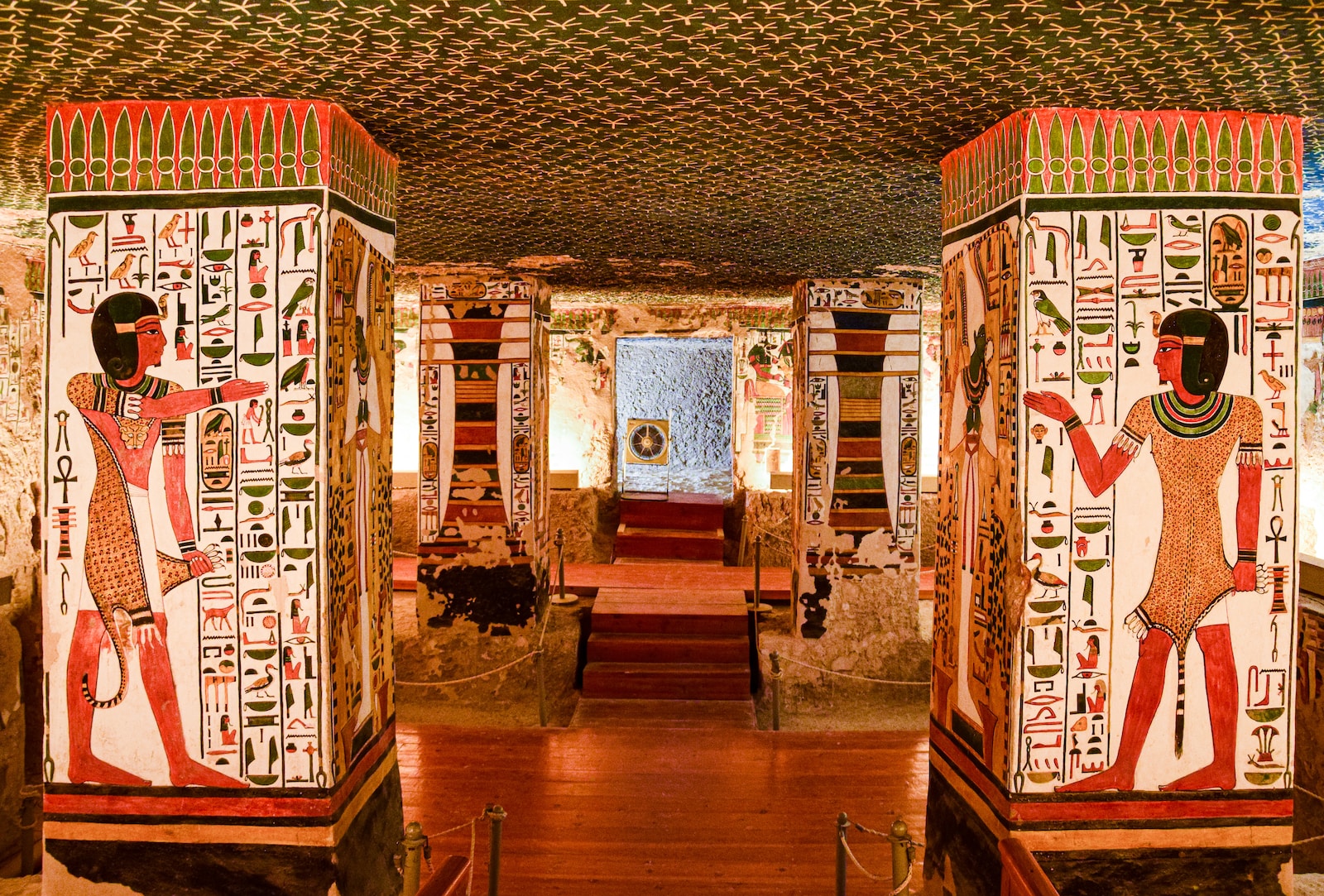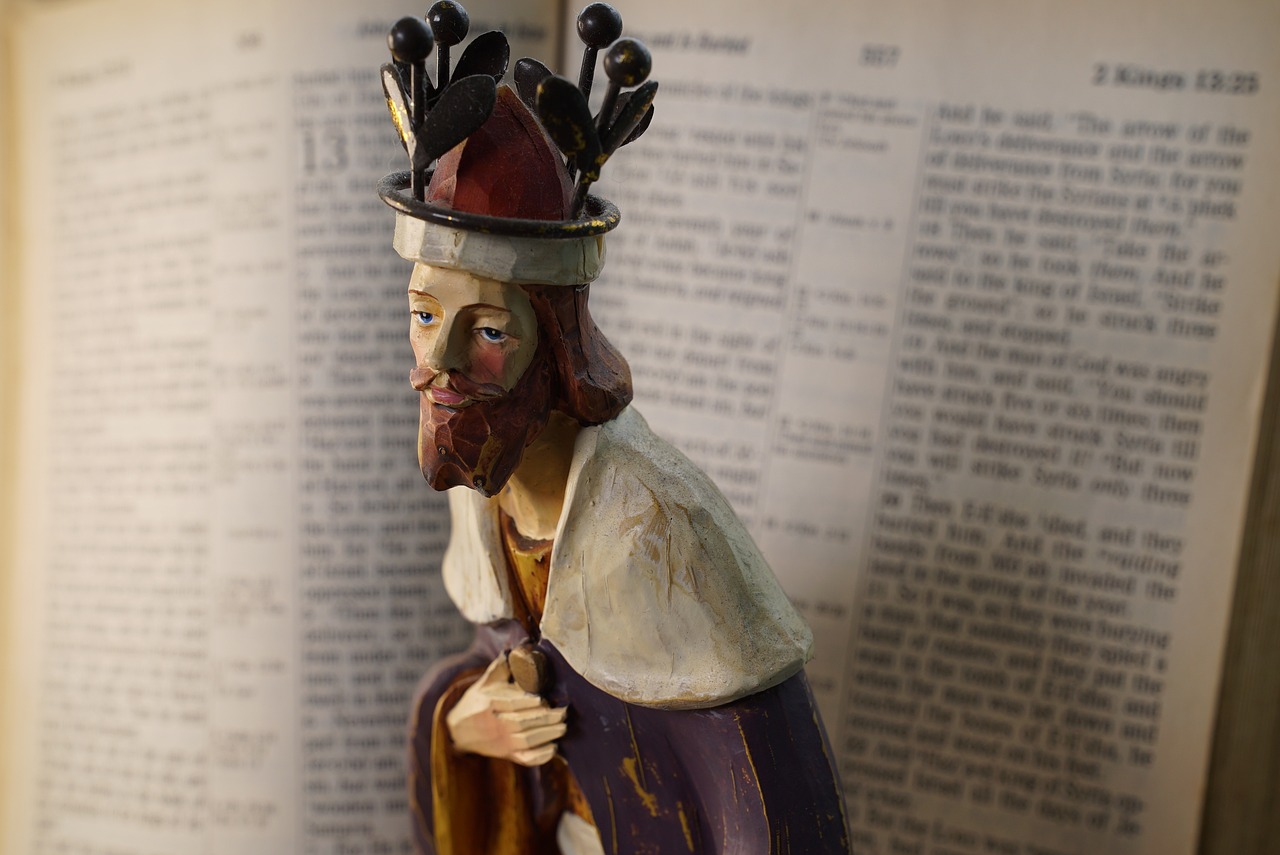In Genesis chapter 10, we are introduced to a genealogy or a list of descendants from the sons of Noah: Shem, Ham, and Japheth. This chapter is commonly known as the Table of Nations because it provides an account of the different nations and people groups that descended from these three sons.
The chapter begins by mentioning Japheth’s descendants and lists several nations that are believed to be related to Indo-European groups. These include the descendants of Gomer, Magog, Madai, Javan, and Tubal, among others. It is important to note that many of these names might not be familiar to us today, as we are reading an ancient text that refers to people and places from thousands of years ago.
The chapter then moves on to the descendants of Ham, including Cush, Mizraim, Put, and Canaan. Cush is believed to be associated with the region of Sudan and Ethiopia, Mizraim with Egypt, and Put might be connected to Libya. Canaan, on the other hand, is highlighted separately and later becomes the land that the Israelites, the descendants of Shem, conquer when they enter the Promised Land.
Lastly, the chapter covers the descendants of Shem, including Elam, Asshur, Arpachshad, Lud, and others. From the line of Arpachshad, we learn about the birth of Shelah, and from Shelah comes Eber. Eber is believed to be the ancestor of the Hebrews, from whom the Israelites descend. This genealogy eventually leads us to Terah, the father of Abram (later known as Abraham), who becomes a significant figure in the Bible.
So, what is the Jesus connection in Genesis 10? To understand this, we need to look at the broader narrative of the Bible. The genealogies in Genesis, including the Table of Nations in chapter 10, set the stage for the coming of Jesus Christ, who is the central figure in the New Testament.
In the New Testament, we find another genealogy mentioned in the Gospels of Matthew and Luke. These genealogies trace Jesus’ lineage back to King David and ultimately to Abraham. This solidifies Jesus’ connection to the Jewish people and God’s covenant with them. Jesus is referred to as the “son of David” and the promised Messiah who fulfills the prophecies of the Old Testament.
So, how does the Table of Nations in Genesis 10 fit into this? It lays the foundation for the establishment of the Israelite nation, which plays a crucial role in the biblical narrative. The Israelites, who descend from Shem, are the chosen people through whom God decides to reveal Himself to the world. The Old Testament constantly points forward to the coming of the Messiah, who will bring salvation not only to the Israelites but also to all nations.
We can see glimpses of this connection throughout the Bible. For example, in Genesis chapter 12, God calls Abram and promises to make him a great nation, blessing him and all the families of the earth through him. This promise of blessing for all families aligns with the later Christian belief that Jesus is the Savior for all nations.
Furthermore, the Apostle Paul, in his letter to the Galatians, speaks of Jesus as the fulfillment of the promises made to Abraham. Paul explains that through Jesus’ death and resurrection, all believers, regardless of their ethnic background, become part of God’s family. This notion of inclusion and salvation for all echoes the broader message that can be traced back to the Table of Nations in Genesis 10.
In conclusion, Genesis 10 provides us with a genealogy that outlines the descendants of Noah’s sons, setting the stage for the establishment of the Israelite nation and ultimately for the arrival of Jesus Christ. The connection between the Table of Nations and Jesus lies in the broader biblical narrative, which centers around the fulfillment of God’s promises to all nations through the Messiah.
Genesis 10, Table of Nations, genealogy, Jesus connection, Old Testament, New Testament, biblical narrative, Israelites, Abraham, Messiah, salvation, inclusion, fulfillment of promises, biblical interpretation, lineage of Jesus


